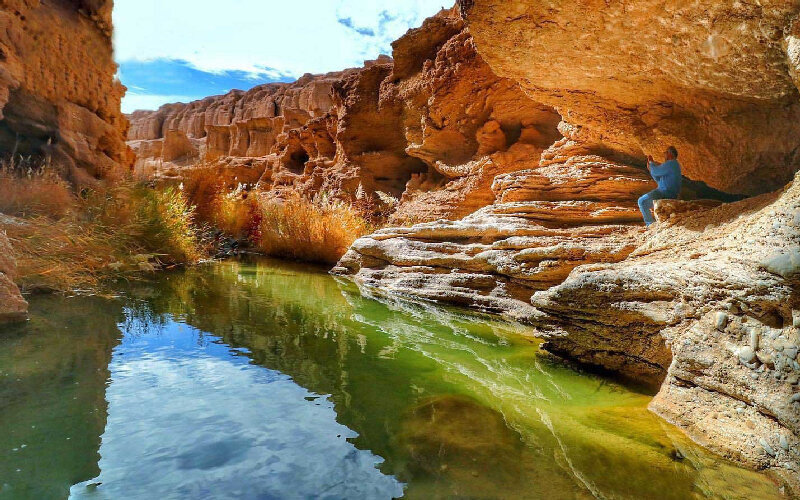91 Paleolithic sites discovered in eastern Iran

TEHRAN – Archaeologists have found 91 Paleolithic sites during their recent field survey conducted in Tabas county of the South Khorasan province, eastern Iran.
Tabas has a high capacity for Palaeolithic studies in such a way that our recent surveys in this area led to the identification of 91 Palaeolithic sites, IRNA quoted archaeologist Ali Sadrai as saying on Tuesday.
Home to dried-up lakes and massive stone resources, Tabas was a haven for the process of cutting stone tools, Sadrai said.
The archaeologist noted the discovered sites date from different periods from the Paleolithic to the Neolithic eras.
“Eastern areas of the Iranian plateau have been the focus of archaeologists and paleoanthropologists since the middle of the 20th century.”
“We have commenced long-term studies tracking human populations of the Pleistocene era in this part of the Iranian plateau,” the archaeologist stated.
Of the technical characteristics of the artifacts are their relatively large dimensions (which are expected to be shaped) with the help of hard hammer blows; evidence of the use of The Levallois technique and the existence of tools attributed to the Middle Paleolithic period such as jagged and concave side scrapers on large chips deemed to be used for making fine blades, the researcher explained.
The Levallois technique is a name given by archaeologists to a distinctive type of stone knapping developed around 250,000 to 300,000 years ago during the Middle Paleolithic period. It is part of the Mousterian stone tool industry and was used by the Neanderthals in Europe and by modern humans in other regions, such as the Levant. The method provides much greater control over the size and shape of the final flake, which would then be employed as a scraper or knife, although the technique could also be adapted to produce projectile points known as Levallois points.
The earliest archaeological expeditions to Iran began in the mid-19th century when British and French archaeologists were studying Susa and its surroundings in south-western Iran. One of the earliest evidences of human occupation within the Iranian plateau comes primarily from archaeological remains in caves and rock shelters that date to the Early Paleolithic, circa 45,000 BC.
These primary inhabitants lived in a very dynamic environment that required a mobile hunter-gatherer lifestyle. It was only after a few thousand years that these short-lived camps began to develop into longer-term sedentary settlements near rivers and freshwater springs. Some of the world's earliest open-air settlements are in Iran and date back around 10,000 years.

This period marks the beginning of the Neolithic revolution, characterized by the expansion of agricultural communities and increasing social complexity, with consequent innovations in material culture, in particular, the development of pottery.
Around 5000 BC, people began mining and manipulating the region's abundant metal resources, especially copper. Known as the Chalcolithic, this period lasted until around 3500 BC, when metallurgy became much more sophisticated by adding tin to produce bronze, marking the beginning of the Bronze Age.
Over the next 2,000 years, bronze technology became the primary material for the production of high-ranking weapons and ships; meanwhile, pottery continued to be refined and elaborate. Around 1500 BC, iron began to be exploited alongside bronze for weapons production, marking the transition period to the Iron Age and subsequent cities/states that began to consolidate their influence over a wider region.
Some of these regional powers are known as the Elamites, whose capital was in the southwestern city of Susa, the Babylonians and Assyrians of Mesopotamia, the Hittites of Anatolia and the Scythians of the northern Caspian Sea. It was during this period that the first Indo-Iranians moved to the Iranian plateau and from which arose the first great empire of Iran, the Medes.
AFM
Leave a Comment